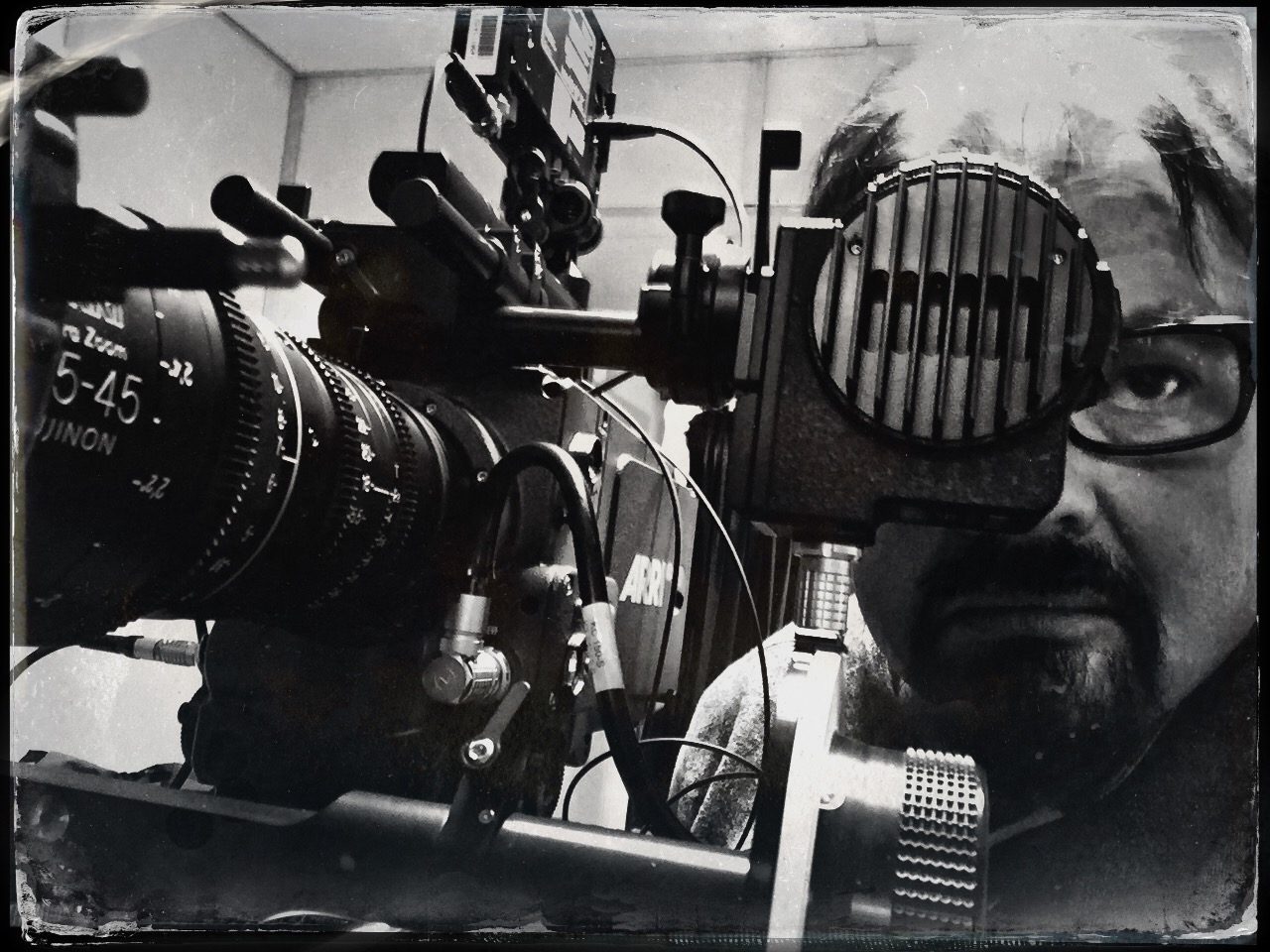Flashbacks are rarer in the classical Hollywood film than we normally think. Throughout the period 1917– 60, screenwriters’ manuals usually recommended not using them; as one manual put it, ‘Protracted or frequent flashbacks tend to slow the dramatic progression’ (Bordwell, Staiger and Thompson, 2002) p42

For an example of an early use of the flashback in classic Hollywood Cinema, the film Casablanca (1942) has a single use of the flashback, the purpose is to show how Rick and Ilsa first meet in Paris.
Casablanca (1942) To many cinephiles Casablanca is an example of Hollywood filmmaking at its best and as Dana Polan says in his Casablanca essay, “ One of the great films of cult veneration, Casablanca is the perfect example of Hollywood perfection.” (Geiger and Rutsky, 2005) p363
Rick is drinking alone, drinking heavily as he waits in expectation for Ilsa to come and (as she must) to plead with Rick to give them the travel documents for her and her husband Victor, to enable them to escape the Germans and Casablanca and fly to Lisbon and then onto America. Rick is centred in the frame as the camera zooms in and the image of Rick begins to blur and cross dissolve to a scene set in Paris.

We know this because the Arc De Triomphe is framed and back projected behind Rick and Ilsa seated in a car, with the music La Marseillaise, the French National anthem playing in the background. “Here’s looking at you kid” says Rick. The lengthy flashback sequence explores the missing background to Rick and Ilsa relationship, when they meet again in Casablanca, we know that they know each other from the past and that they must have had a loving relationship but where and when is not known until the flashback sequence is introduced. In the flashback we relive Rick and Ilsa’s year of living in Paris as war approaches and the eventual occupation of France and goes some way to explaining the circumstances as to how they meet again in Casablanca a French Protectorate under French/Vichy control rather than under German occupation.
Rick and Ilsa fall in love and as the German occupation of France becomes imminent, they agree to leave together on the last train out of Paris. Rick waits in vain for Ilsa to appear at the station, a letter arrives and Ilsa isn’t coming. As the train begins to depart and with Sam’s urging, they board the train as steam fills the screen and cross dissolves back to Rick still seated in the bar as he lets go of his glass. This is an example of the traditional method and of the use of a flashback in cinema, the position of the protagonist in the frame and the use of blurring as Bordwell notes “ …there are several cues for a flashback in a classical Hollywood film: pensive character attitude, close-up of face, slow dissolve, voice-over narration, sonic ‘flashback,’ music. In any given case, several of these will be used together…” (Bordwell, Staiger and Thompson, 2002)
The flashback limited itself to their meeting in Paris and apart from a rain drenched letter there was no explanation for Ilsa’s no show at the train station. Only later in the film in the current timeline do we learn why Ilsa did not meet Rick at the train station, that she was married to Victor before she met up with Rick in Paris and her reason for doing so, thinking that her husband was dead, she a widow, her husband killed in a Nazi concentration camp then only for him to turn up alive and well just before her planned new life with Rick in Casablanca.
Technical specifications Casablanca (1942) IMDB
Runtime 1 hr 42 min (102 min)
1 hr 22 min (82 min) (cut) (West Germany)
Sound Mix Mono (RCA Sound System)
Color Black and White
Aspect Ratio 1.37 : 1
Camera Mitchell BNC
Film Length 2,811 m
2,815 m (Sweden)
Negative Format 35 mm (Eastman Plus-X 1231)
Cinematographic Process Spherical
Printed Film Format D-Cinema (2012 2K Digital re-release)
35 mm (Eastman 1302)
Bibliography
- Bordwell, D., Staiger, J. and Thompson, K. (2002) The classical Hollywood Cinema Film Style & Mode of Production to 1960.
- Casablanca (1942) – Technical Specifications – IMDb (no date). Available at: https://www.imdb.com/title/tt0034583/technical?ref_=tt_ql_dt_6 (Accessed: 9 March 2020).
- Geiger, J. and Rutsky, R. . (2005) Film Analysis. A Norton Reader. First. Edited by J. Geiger and R. . Rutsky. W. W. Norton & Company: Inc.


